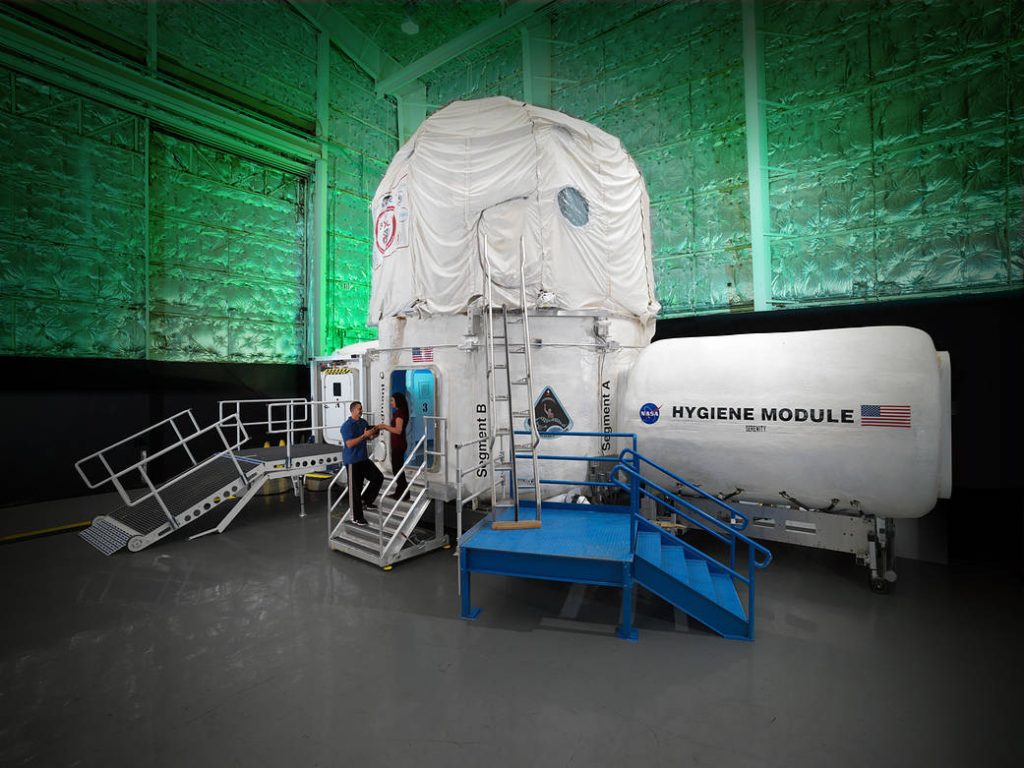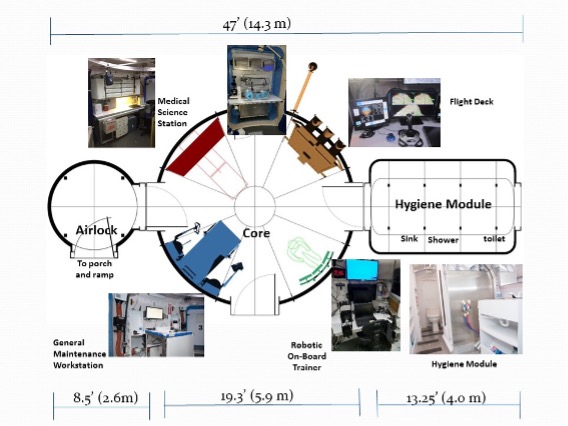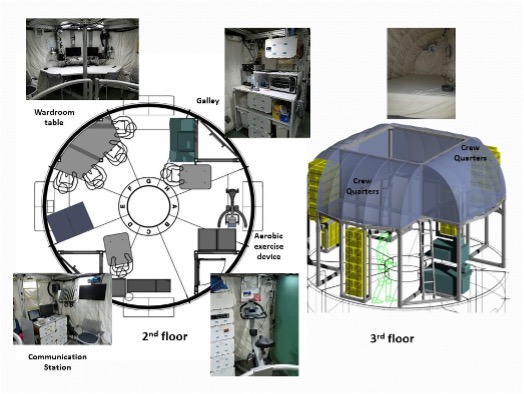Home » HERA C7 Patch Challenge
A primary goal of human exploration is the health and safety of the crew. Among the many methods NASA has developed to keep our crews safe are analog studies including HERA.
NASA would like to have a student-designed patch that is representative of the HERA Campaign 7 missions and objectives. One winner will be selected by the NASA HERA team and receive a virtual tour of the HERA facility. Additionally, the winning patch will be displayed on the HERA facility during the Campaign 7 missions.
The challenge is open to students grade 6 and above in public and private schools.
The artwork of patch design may be submitted by individuals or a class, with one patch design per submission. Submissions are due by October 31, 2023. Acceptable formats are .jpg, .jpeg, .png, .pdf, and .doc and should be submitted at the form below.
The HERA team will select the winning design and notify the participant prior to the end of the 2022-23 academic year.



Spaceflight analogs are any environment that produces the same or similar effects on humans as is experienced in actual spaceflight. NASA uses “analogs” to represent different aspects of spaceflight here on Earth. The Human Exploration Research Analog (HERA) at the Johnson Space Center in Houston, Texas, is an analog for the isolated and confined living environment of a long-duration spaceflight mission, such as a mission to Mars.
Isolation and Confinement is one of the five identified risk categories. Researchers use the HERA to study how individuals and teams perform, interact, and maintain health during extended periods of isolation in a small volume with little privacy and variable workloads, which can increase stress. Each HERA campaign consists of four identical missions with four crewmembers per mission. Lasting 45-days, each mission simulates transit to/from Mars plus a short period of orbital operations around Mars.
What should I know about the HERA habitat?
The HERA habitat is about the size of a one-bedroom apartment with a small kitchen/galley, a multi-use table for dining, entertainment, and working, a bathroom, four sleeping bunks, exercise space, a small airlock, and laboratory/workspace.
The crews stay busy from 7 a.m. to 7 p.m. most days as they perform science experiments, robotics and Extra Vehicular Activity (EVA) simulations, habitat systems maintenance and housekeeping, exercise, and research data and biological sample collections.
The mission also includes simulating a delay in communication with the Earth-based Mission Control Center (MCC) that increases the closer they get to Mars, with a maximum of five minutes for radio calls to reach MCC (10-minute roundtrip). On a real Mars mission, communication delays could be up to 22 minutes one-way depending on Mars’ position in orbit relative to Earth.
The HERA habitat is about the size of a one-bedroom apartment with a small kitchen/galley, a multi-use table for dining, entertainment, and working, a bathroom, four sleeping bunks, exercise space, a small airlock, and laboratory/workspace.
The crews stay busy from 7 a.m. to 7 p.m. most days as they perform science experiments, robotics and Extra Vehicular Activity (EVA) simulations, habitat systems maintenance and housekeeping, exercise, and research data and biological sample collections.
The mission also includes simulating a delay in communication with the Earth-based Mission Control Center (MCC) that increases the closer they get to Mars, with a maximum of five minutes for radio calls to reach MCC (10-minute roundtrip). On a real Mars mission, communication delays could be up to 22 minutes one-way depending on Mars’ position in orbit relative to Earth.
Each HERA campaign has a set of unique research themes that drive the mission objectives and scenarios including the types of tasks the crewmembers perform. The research themes for the next campaign, HERA 7, are:
Researchers from universities around the US will be implementing scientific studies investigating various aspects of the campaign research themes. Campaign 7 is comprised of 23 studies including studies from the United Arab Emirates and the European Space Agency.
We recently celebrated the 50th anniversary of Apollo 11, landing the first human on the surface of the moon. Following Apollo was the Space Shuttle program with the primary goal of constructing the International Space Station where crews have been working and living in space since 2000. Our new program, Artemis, is named for the goddess of the moon in Greek mythology. Artemis is also the twin sister of Apollo. With Artemis we will venture beyond Low Earth Orbit, establish a sustainable presence on the moon and prepare for a journey to Mars.
The environment of space presents numerous challenges to human travelers. Exploration class missions will expose crews to a variety of hazards which NASA has identified and grouped into five primary categories including: changes in gravity fields, radiation, hostile environments, isolation and confinement, and distance from Earth. To venture beyond Low Earth Orbit, we must understand these risks to human physiology and develop methods to protect our most precious cargo – our crew.
To advance the goals of human space exploration, NASA continuously addresses the problem of keeping astronauts healthy in the closed environment of a space vehicle and surface habitats by developing innovative practices and technologies. Although we have gained an incredible amount of information from living and working on the ISS, there are still many questions to be answered. Investigating these questions in space has provided invaluable information but has practical limitations.
One consideration is cost. It is currently estimated that the cost of sending one pound of cargo to space is approximately $10,000. Cargo for even simple experiments conducted on station must be limited in both mass and volume.
Another issue is time. The ISS crew schedules are packed with both conducting experiments and maintaining the ISS. In addition, the number of crew who can be studied while in space is very low. Because of these and other challenges, NASA has developed other methods, including analog studies.
Mission patches are emblems designed and worn by astronauts and people affiliated with a mission. The patches depict an image associated with the mission and generally lists the names of the crew. Every expedition to the International Space Station (ISS) has a unique patch. Mission patches have been worn by NASA astronauts since 1965. The four HERA crews will develop a patch to represent their specific mission. NASA would like to have a student-designed patch that is representative of the HERA Campaign 7 missions and objectives.
HOURS TODAY
The All-American Rejects are throwing Space Center Houston’s Moon 2 Mars Festival into hyperdrive. Amp up your Space City Spring Break with us!
Access to this all-ages festival is included in general admission.